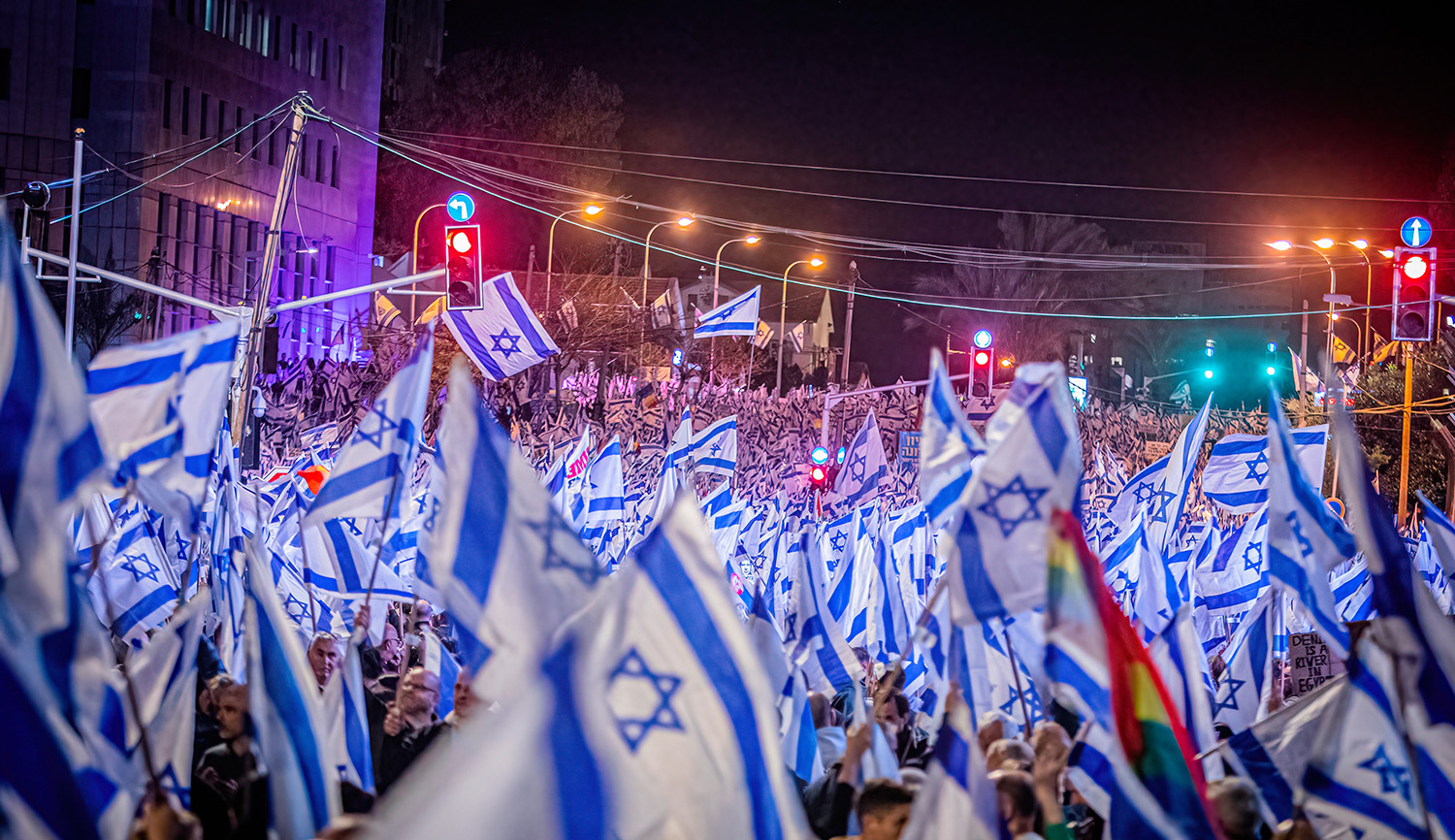Examining the literary history of Hanukkah, Jack Zaientz notes that, when compared to Passover or Purim, it inspired relatively little in the way of midrashic embellishments. The one exception may be the story of Judith and Holofernes—which like, the Hanukkah story itself, comes from an ancient Jewish work that the rabbis excluded from the canon. According to the popular medieval rabbinic compilation known as Kol Bo, it was this story that explained the now-defunct custom of eating cheese on Hanukkah:
It’s not clear why Judith became so beloved to medieval Jews, but the apocryphal protagonist of the book of Judith was Hanukkah’s answer to Purim’s Queen Esther. Dozens of retellings of her story, including the pro-cheese Kol Bo version, were written, distributed, and read in some European synagogues. Judith, following the model of many biblical heroines, was pious, brave, clever, and decisive. When her community of Bethulia considered surrendering to the harsh Assyrian general Holofernes, Judith acted. She prayed, bathed, dressed, and headed out into Holofernes’s camp and into his tent, carrying cheese and wine. And there, under a purple and gold netting that dripped with emeralds, he lay waiting, powerful in his opulence.
After tricking Holofernes into falling asleep drunk on his beautiful bed, the pious seductress cut off his head with his own sword and returned home with the prize wrapped in opulent netting. With trickery, fierceness, and a bit of God’s help, Judith spurred her community into action. The Jews were saved, and peace was restored. But Judith’s story has faded from view. For all the Purim shpils filled with costumed Esthers that I’ve attended, I have never heard [the story read in synagogue], either in its original form or in its medieval rewrite.
The cheese fritters once eaten in celebration of Judith’s courage are, in fact, the culinary ancestors of the latter-day latke.
Read more at Jewish Review of Books
More about: Apocrypha, Hanukkah, Medieval Jewry


